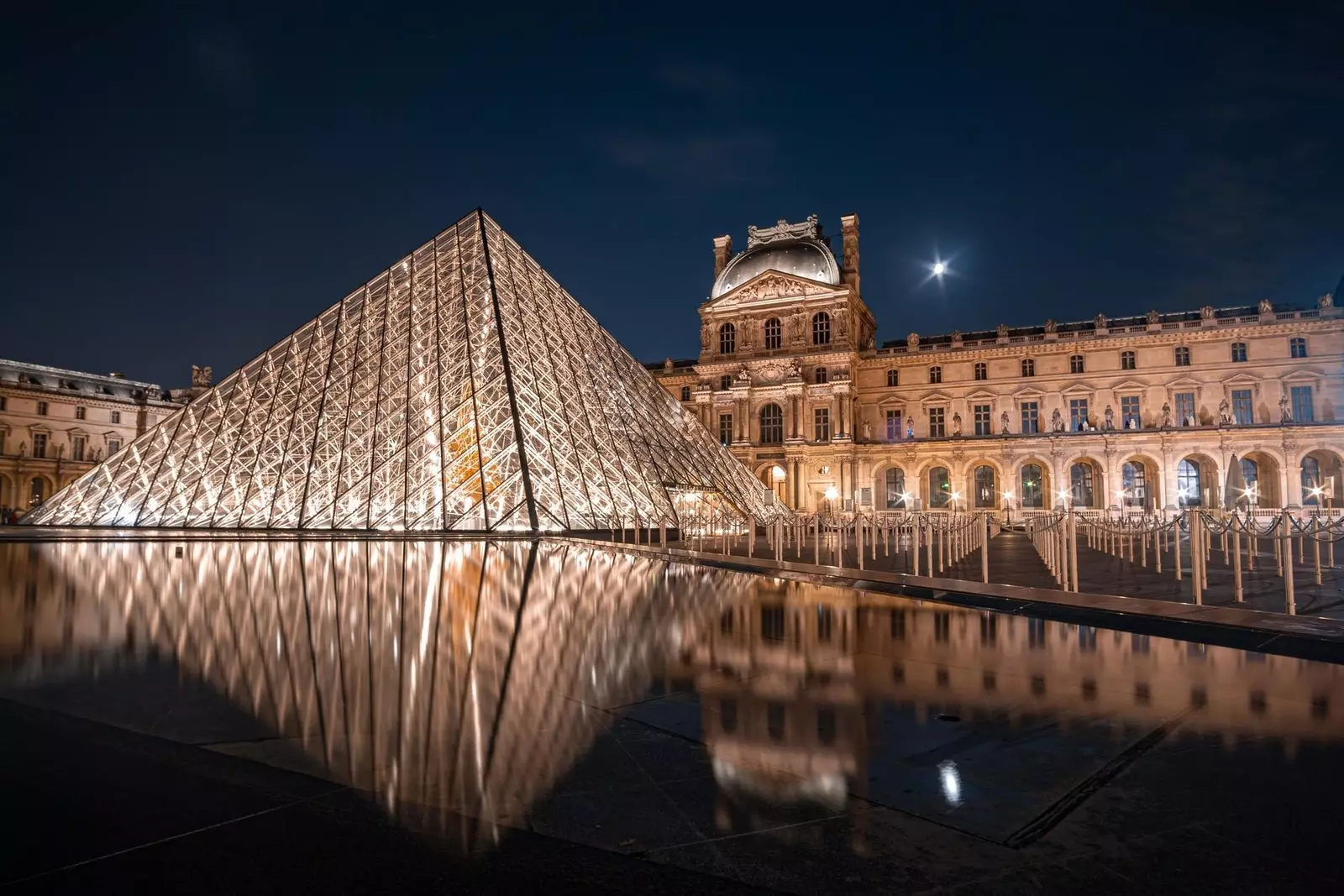
Do you know everything about the Louvre?
The Louvre Museum in Paris is one of the most famous museums in the world and has rightly earned its glowing reputation. From the expertly chiseled sculptures of Venus de Milo and Winged Victory at Samothrace, to exquisite paintings by masters like Vermeer and Caravaggio, the Louvre houses some of the most important works in the entire history of art . But there are many things you probably don't know about this institution, and we're not just talking about those anecdotes that were collected in the Da Vinci Code. (And no: I.M. Pei's glass pyramid doesn't have 666 glass panes; it has 673.)
We contacted some trusted local guides, including Marcel Widjaja, a GetYourGuide Originals tour guide, and Daisy de Plume, founder of THATMuse , a museum tour operator, for a hint at the museum's many secrets, from the history of the building itself, to the works of art that hang inside. Here are 13 things you didn't know about the Louvre.
1. THE SPACE HAS NOT ALWAYS HOUSED A MUSEUM
The magnificent structures that make up the Louvre Museum have a history as storied as its works of art. Originally commissioned as a fortress by King Philip II in 1190 to protect the city of Paris, the Louvre became a royal residence in the 14th century , during the reign of Charles V. Then, in the 16th century, the original medieval structure was razed and replaced by an even grander Renaissance one, by King Francis I, who was continually followed by successive French monarchs. It was not until 1793, during the French Revolution, that the building officially opened its doors as the Louvre Museum.
2. HOWEVER, IT ONCE HOSTED THE FRANCE MINISTRY OF ECONOMY AND FINANCE
Until 1989, "You sent your tax return to the Louvre" , where the ministry occupied the Richelieu wing of the building, says Widjaja. But in the late 1980s, the then president François Mitterrand decided to dedicate the entire space to the arts , driving the ministry from its palatial headquarters to a huge building bunker in Bercy, on the eastern edge of Paris.
3. IT IS STILL THE HOME OF ANOTHER INSTITUTION: A SCHOOL
That's right, you can get your art history degree straight from the main source. In the Aile de Flore (the wing of the museum facing the river) there is the École du Louvre, an institution of higher education dedicated to the study of archaeology, anthropology, art history, and epigraphy . Founded in 1882, the school is primarily a training ground for future curators and excavators (and even some Louvre tour guides, like Widjaja).
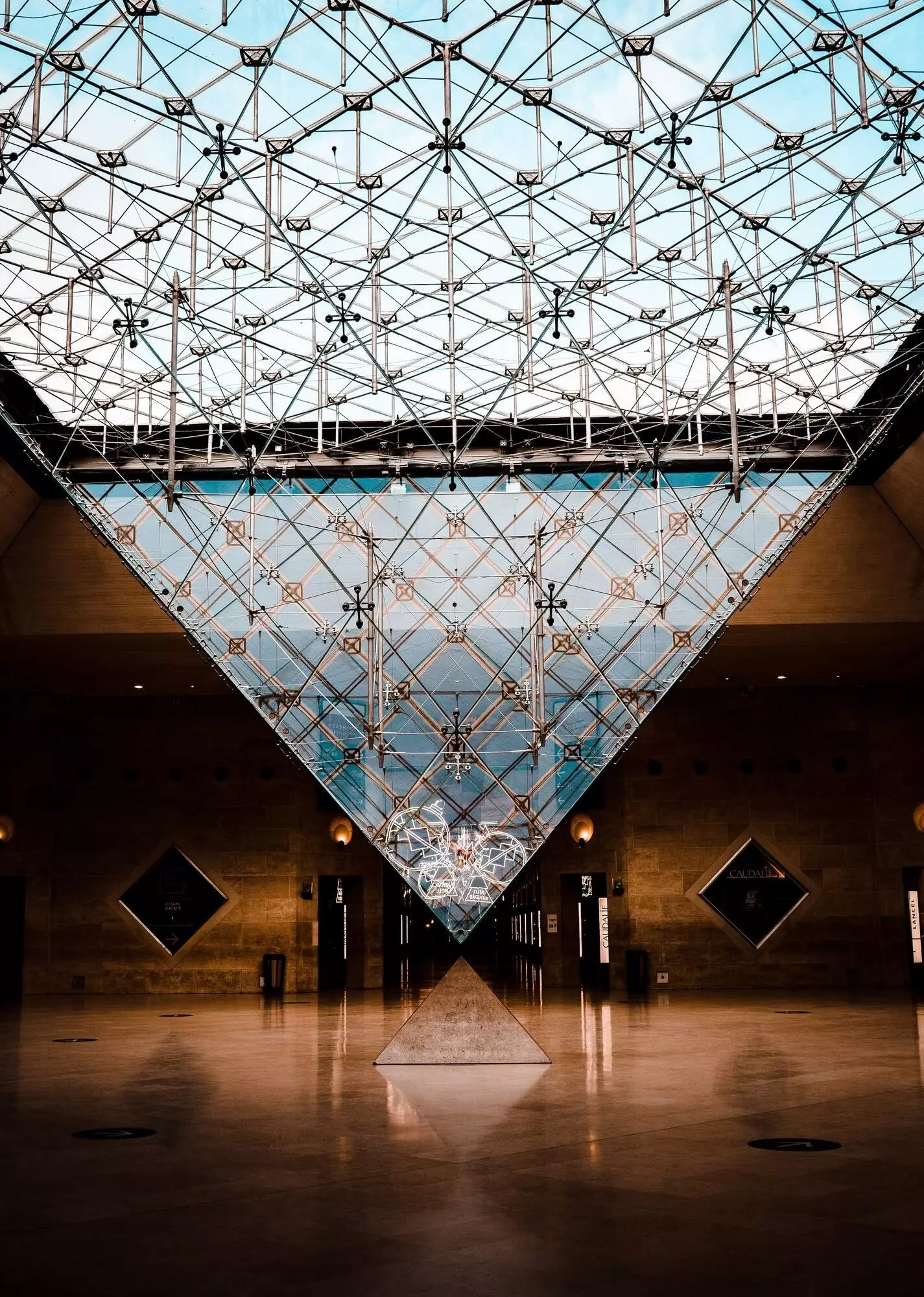
The space did not always house a museum
4. IT IS NOT THE ONLY LOUVRE IN THE WORLD
When the Louvre Abu Dhabi opened in November 2017, it caused quite a stir; but even that is not the only Louvre in existence. In the old coal mining town of Lens in northern France, you'll find the impressive Louvre-Lens designed by SANAA , a satellite of the original Louvre. Opened in 2012, the space displays only a tiny fraction of the works in the Louvre's massive art collection. And although its location far from the metropolitan center of the country may seem strange, it is completely intentional. “It is a project that brings culture to the people, especially in a region where many people belong to the working class” Widjaja says. "They don't necessarily come to Paris, so the museum goes to them."
5. YOU CAN SIT IN THE MUSEUM AND PAINT (BUT FIRST YOU WILL HAVE TO GET THROUGH THE WAITING LIST)
If you've ever seen a painter in action at the Louvre, you've probably been curious about them (and even more curious about how they got past security). But the artists are actually part of a tradition that dates back to 1608, when Henry IV first invited artists to the Louvre Palace to copy works of art from the royal collections . "An artist's education was not going to art school, but copying the old masters," says Widjaja. "Artists could then live in the Louvre and imitate the works of art." The program continues today, albeit with a slightly more rigorous application process (and no accommodation offer), selecting only 150 to 200 experienced artists to spend three months painting in the museum . If you make it past the two-year waiting list, it's an unbeatable opportunity to try your hand at replicating some of the world's most prized works of art.
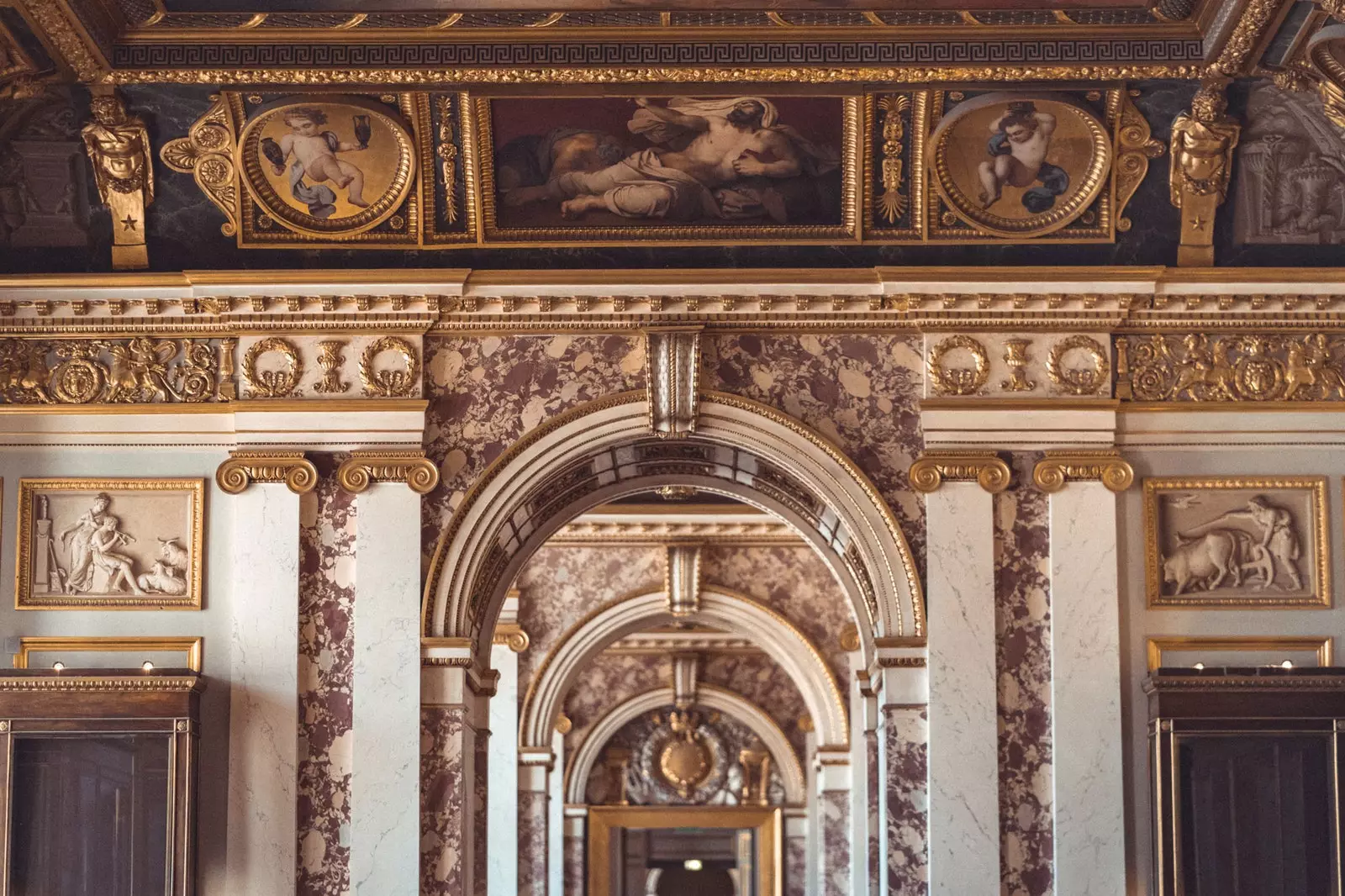
There was a black chapter in its history when it was abandoned.
6. AT A TIME, THE LOUVRE WAS COMPLETELY ABANDONED
Among the best-known achievements of Louis XIV is the Palace of Versailles , That's right. The magnificent complex, with its Hall of Mirrors and meticulously landscaped gardens designed by André le Nôtre, is an incredible feat of design; but its construction, and the subsequent move of the French royal court from the Louvre in 1682, meant that the Louvre Palace remained unoccupied, gradually falling into disrepair . "People, especially artists, would sit in the ruins," says Widjaja. "You couldn't even imagine it." It was not until more than 100 years later, before the French Revolution took place in the late 18th century, when the great complex was again attended by the monarchs of the country.
7. THE PAINTER PABLO PICASSO WAS ONCE ACCUSED OF STEALING THE MONA LISA
Picasso, who settled permanently in Paris in 1904 , he had already had contact with stolen art when the Mona Lisa was raised from the Louvre in 1911. He had acquired a set of sculptures from the secretary of his friend, the poet and playwright Guillaume Apollinaire, which turned out to also be stolen from the museum in the early 20th century.
As for The Mona Lisa, Piccaso was still living in Paris when the painting disappeared and, initially, was considered suspicious, but the real thief was an Italian immigrant named Vincenzo Perugia , who believed that Napoleon had stripped Italy of his masterpieces during his occupation of the country. In fact, the Mona Lisa, or La Jaconde, had been given to Francis I by Da Vinci himself in the 16th century. The king had "seized Leonardo in 1517 from the Milanese Sforza family, lodging the artist in a castle in Amboise", which is why the Louvre houses five of the less than two dozen paintings attributed to the artist says de Plume. Still, Perugia was feted by some in Italy as a national hero.
8. BUT PICASSO HAS A GREAT FAME IN THE MUSEUM
Until 1971, no work by a living artist had been shown at the Louvre. , that honor was reserved for the deceased, but that changed in October, when a selection of pieces by Picasso was exhibited at the Grande Galerie of the museum to celebrate the artist's 90th birthday.
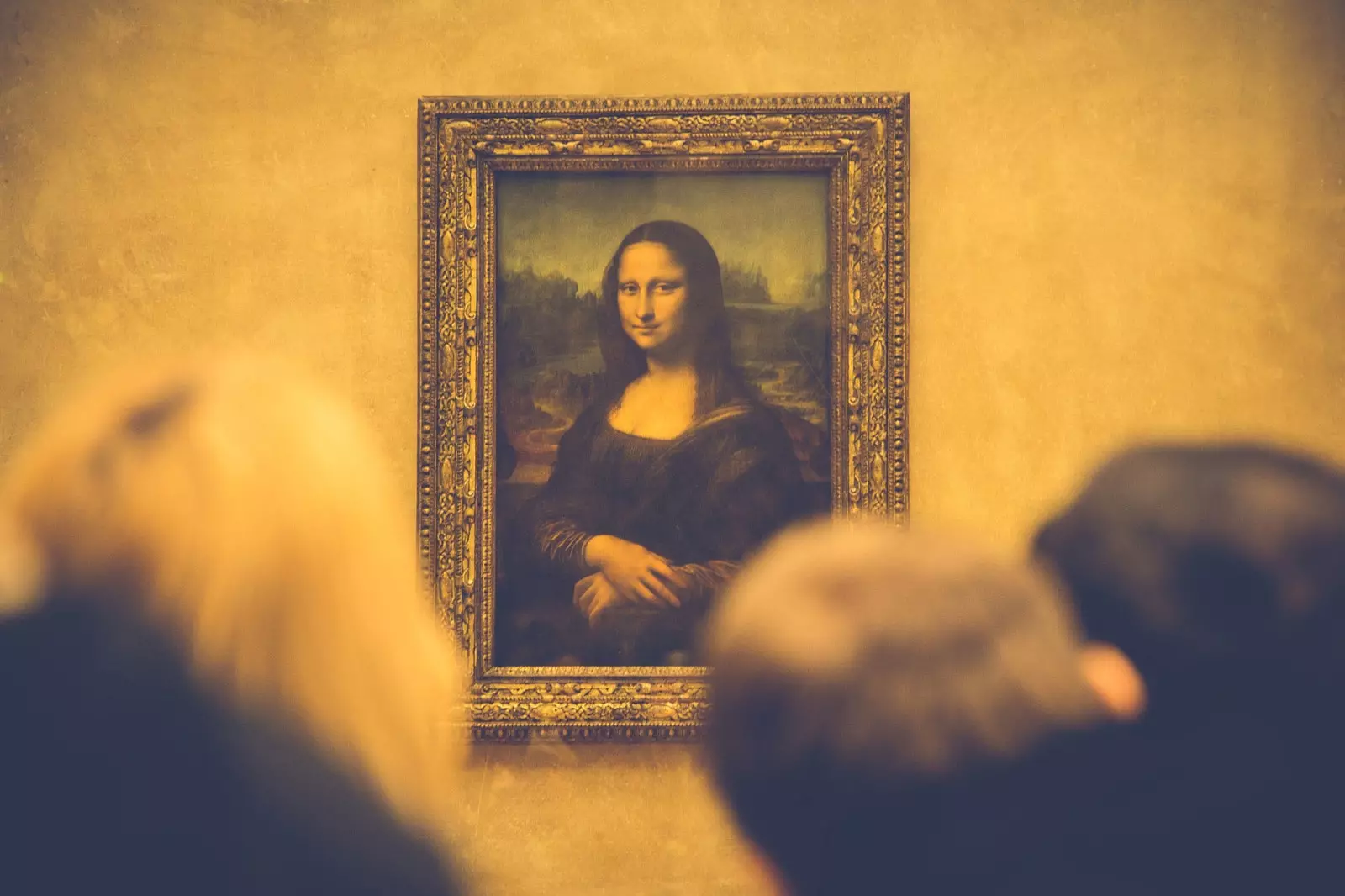
Pablo Picasso was suspected of stealing it.
9. ONE OF THE LOUVRE PAINTINGS HAS BEEN CUT IN HALF
The work in question The Marriage at Cana by Veronese, is the largest painting in the entire museum , with more than 65 square meters, a fact that made his entry into the museum quite a task. When Napoleon conquered Italy in 1797, he raided the monasteries and churches of the country in search of works of art to bring back to France , one of which is Veronese's masterpiece, from the refectory of San Giorgio Maggiore in Venice. To transport the huge painting home, he cut it in half . Today, you can still see the line where the paint was cut and put back together. The mutilated original still hangs in the Louvre, while its copy is now in the looted Venetian monastery. But it is not the only time that works of art have entered and left the museum.
10.DURING THE SECOND WORLD WAR, THE LOUVRE WAS EVACUATED
In 1939, at the beginning of the German invasions, the then director of the Musées Nationaux, Jacques Jaujard had a premonition that France would be occupied . His premonition would be fulfilled in 1940, when the country fell under German occupation. To prevent the inevitable looting of the museum by the Nazis, he arranged for the transfer of some 4,000 of his most important works of art, including the Mona Lisa, to Chambord Castle in the Loire Valley , a two-hour drive southwest of Paris. The last piece to move, the Winged Victory at Samothrace sculpture, officially left the building on September 3, 1939, the same day the French ultimatum to Germany expired. Pieces were smuggled throughout the war to prevent theft.
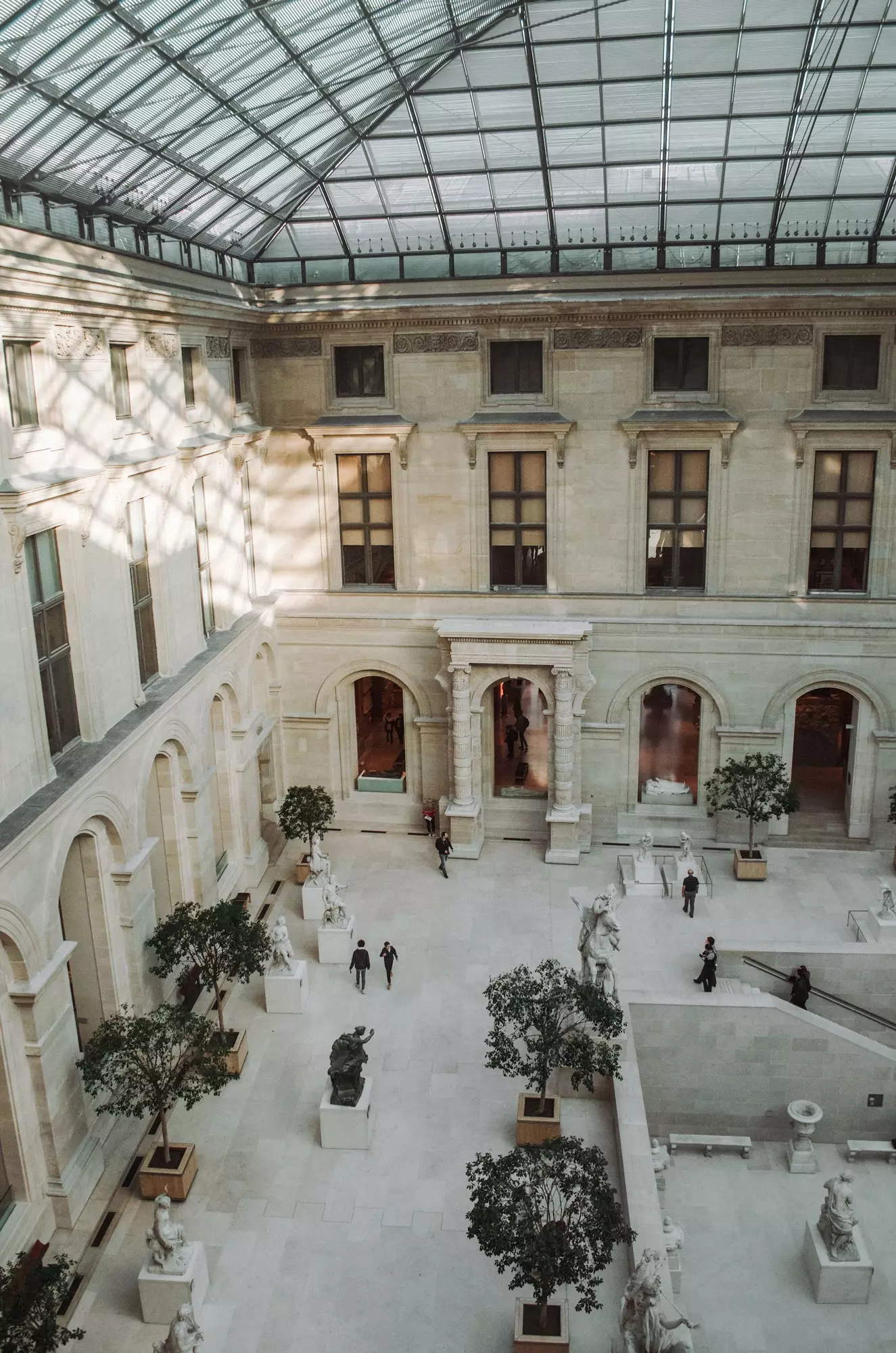
You will never see the Louvre in the same way when you visit it.
11. YOU COULD SPEND TWO-THIRDS OF A YEAR TRYING TO SEE EVERY PIECE OF THE LOUVRE
Everyone knows that the Louvre houses a huge amount of art, but you'd be surprised how much. It would take you around 200 days to see each of the 35,000 works of art on display in the museum if it took you 30 seconds to see each and every piece, according to Widjaja. Considering that the museum owns approximately 550,000 works, most of which are kept under lock and key in a warehouse, that's not even half. And about space: "If you took the different floors of the Louvre and spread them out, room after room, the museum would measure eight miles, or the length of the Seine says de Plume.
12. YOU MAY NOT BE ABLE TO LIVE LIKE ROYALTIES LIVED, BUT AT THE LOUVRE YOU CAN SEE HOW THEY DID
Skip the best-known (and most trafficked) masterpieces to see the still intact and super luxurious personal apartments of Napoleon III , who rose as president and emperor of France in the mid-19th century. Showcased on the first floor in the Richelieu Wing, the rooms, which include a formal dining room and gilded drawing room, are excellent examples of the elaborate rococo aesthetic of the 18th century.
13.NO, ART IS NOT ALIVE (BUT IT DOES MOVE)
It's comforting to revisit your favorite works of art in a museum. You walk through the doors and you know exactly where to find them. But the Louvre does not offer the same tranquility, since the works change places all the time . "It's quite interesting because you can go to the Louvre several times and always find different works of art in the galleries," says Widjaja. “As a guide, sometimes it's a bit embarrassing, because of course nobody tells us that the art is moving. I might announce a painting at the beginning of the tour because I think it's still in place, but they took it to restore it or to loan it to another museum".
Report originally published in Condé Nast Traveler USA
